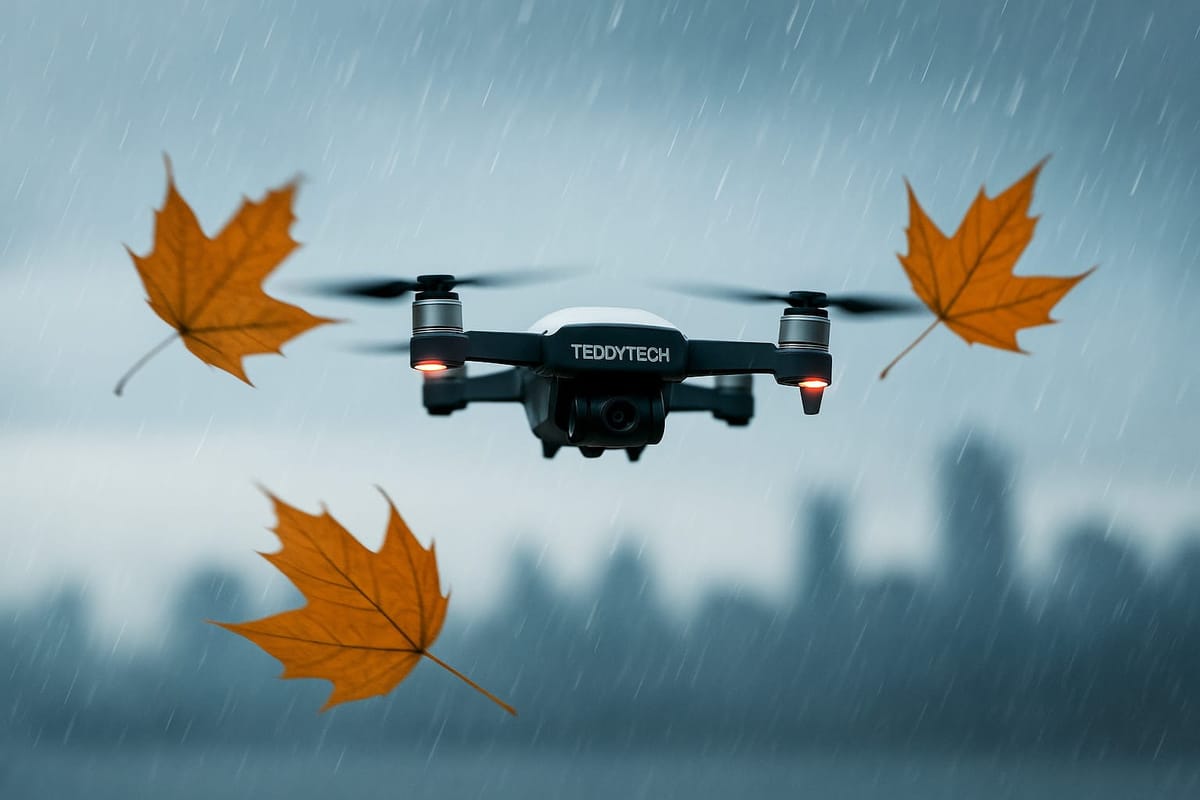
By: Teddy Nedelcu
Ever wonder how drones maintain steady flight in the middle of unpredictable conditions—like Vancouver's classic cocktail of drizzle and wind? Let’s break down the tech that keeps them level in an unlevel world.
Balance Is the Business Model of Drones
At the heart of every stable drone is a flight controller—a small computer making rapid-fire decisions using data from gyroscopes and accelerometers. Think of it like a CFO monitoring key indicators in real time to keep the company from tipping over—if that CFO made thousands of adjustments every second.
Motors and Propellers: The Supply Chain of Flight
Every motor makes split-second adjustments to control pitch, roll, and yaw—like reallocating resources mid-quarter to stay on track. The flight controller uses continuous feedback to guide these changes, keeping the drone balanced even when conditions shift.
GPS and Barometers: Position and Altitude Awareness
GPS keeps the drone fixed in place horizontally. The barometer tracks altitude, helping it maintain a steady height. Together, they give the drone essential spatial awareness for safe, precise operations—especially in complex environments.
Why Vancouver Makes Flight... Interesting
Try capturing Vancouver’s iconic grey skyline with a regular camera drone and you’ll quickly find how rain and sudden wind shifts around buildings can overpower even the best stabilization tech. Without that guidance system, your drone is just a leaf in the wind—lifted, spun, and carried wherever the gusts decide. Would you let your business be pushed around like a leaf in the wind?
Next up: we’ll navigate drone safety—and how to keep your gear (and fingers) intact.
Lucian Nedelcu (Teddy), IT consultant
📧 teddyn@teddytech.net
📱 Signal (secure): @teddy.59
🔗 Linkedin: teddynedelcu
Hashtags:
#Drones #Vancouver Drone #Teddy #teddytech #Vancouver Weather #Vancouver #Flight Control #Drone Business #Photography #Videography
